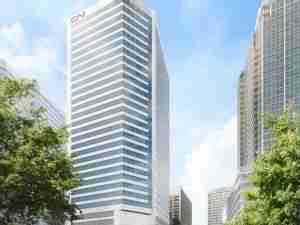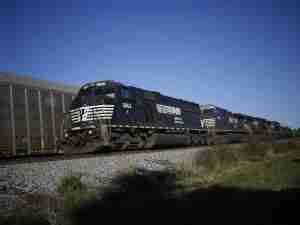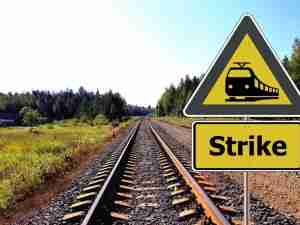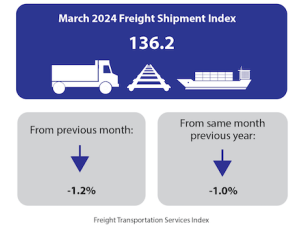Truckload rates are expected to rise by 10 percent to 12 percent next year as a driver shortage forces trucking companies to cut capacity, Dahlman Rose & Co analyst Jason Seidl said, based on feedback from truckload carriers.
Small retailers and mom-and-pop stores, which depend on irregular shipping cycles and do not go for long-term contracts with truckers, will be the hardest hit, according to analysts. The retail segment accounts for about 70 percent of trucking company revenue.
"Lots of shippers have actually started getting a little bit scared about where capacity is heading," Seidl said.
Men's clothing chain Casual Male Retail Group Inc said trucking capacity constraints would lead to cost increases.
"We are certainly seeing those tensions. We are also seeing difficulty at times scheduling a truck," said Dennis Hernreich, Casual Male's chief financial officer and chief operating officer.
Categories that are most likely to see cost increases will be electronics, fashion and direct-to-consumer segments such as online and catalog sales, said Marshal Cohen, chief industry analyst at the NPD Group.
"The real story here is those stores that don't ship on a regular basis and with a regular carrier," Cohen said. "Look for higher-priced products to carry the load here."
If the economy can mount a sustained recovery, many truck drivers are likely to leave their jobs for better opportunities, depleting the pool of drivers.
Trucking companies will also face a driver shortage as the government introduces safety regulations aimed at keeping a close eye on individual driving records.
Another factor that could take trucks off the road is a plan by the U.S. Environmental Protection Agency to set new emission standards for diesel engines.
"In a slow economy, truckers will not be able to afford that cost," said Joe Gallick, senior vice president of sales at Penske Logistics.
Adverse Trends, Counter Measures
Retailers saw better-than-expected back-to-school sales in August and September, but indications of a concrete recovery are still scarce.
U.S. consumer confidence, which tracks consumer morale, fell to its lowest level in seven months in September.
"It is a tough situation, especially for the small mom-and-pop shops. Rising transportation costs could bring them more trouble," said Drew White, chief financial officer of Sageworks Inc, which tracks financial performance of privately held companies.
Swedish fashion giant Hennes & Mauritz , which has more than 2,000 stores in 37 countries, last week reported erosion in its gross margins, hurt by transport and raw material costs.
Credit Suisse said in a report in August that investors in the retail and manufacturing sectors might be underestimating the risk posed by the such costs.
Higher costs, coupled with an inability to push through price increases due to the weak economy, will pressure profit margins in 2011, it said.
"The impact (from trucking costs) will be either lower margins or attempting to pass along the rate increases to the final consumer of the products," said Dan Sellers, president of Genco Transportation and Logistics.
Stiff competition is likely to keep retailers from raising prices to offset higher transport costs, retail industry analysts said.
"We have no intention of passing that on to our customer," Casual Male's Hernreich said. "We would look to fewer shipments and more consolidation to save dollars."
Analysts expect shippers to spend the next few months negotiating rates and entering long-term contracts to avoid any significant rise in trucking costs next year.
"Contracts are important because they can also take care of service availability," transportation and logistics expert Rosalyn Wilson said.
"I suggest trading price increases over the next couple







